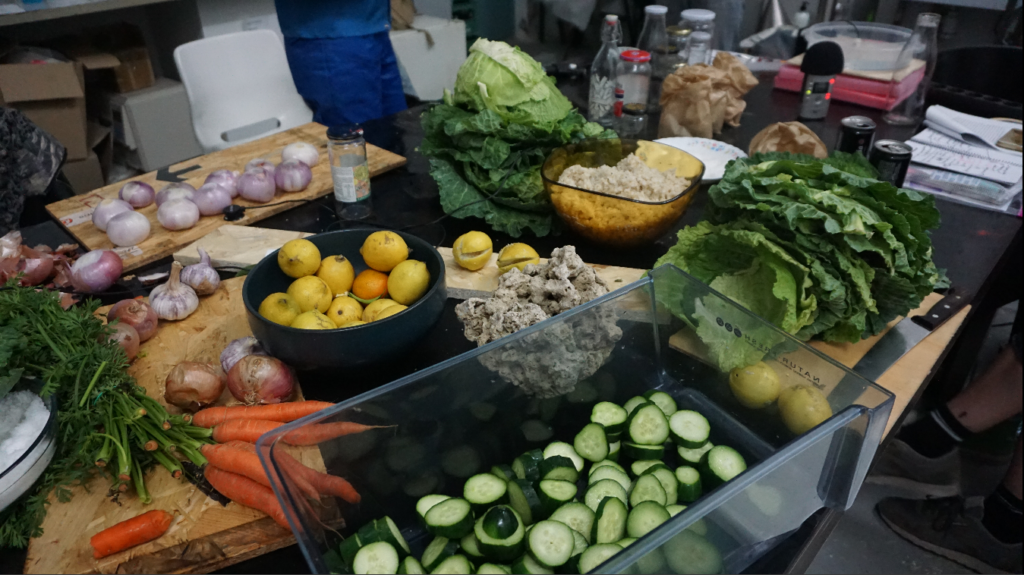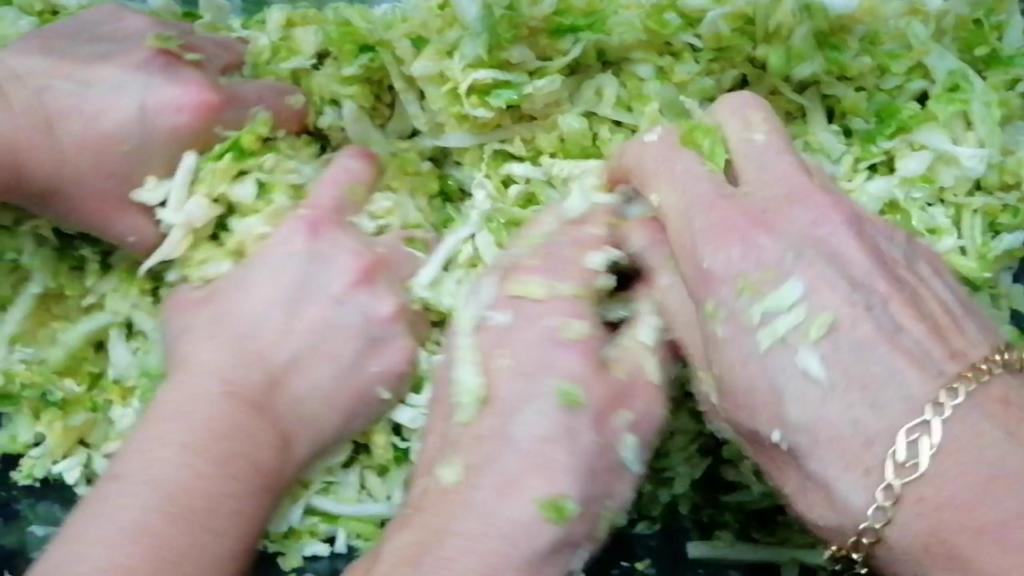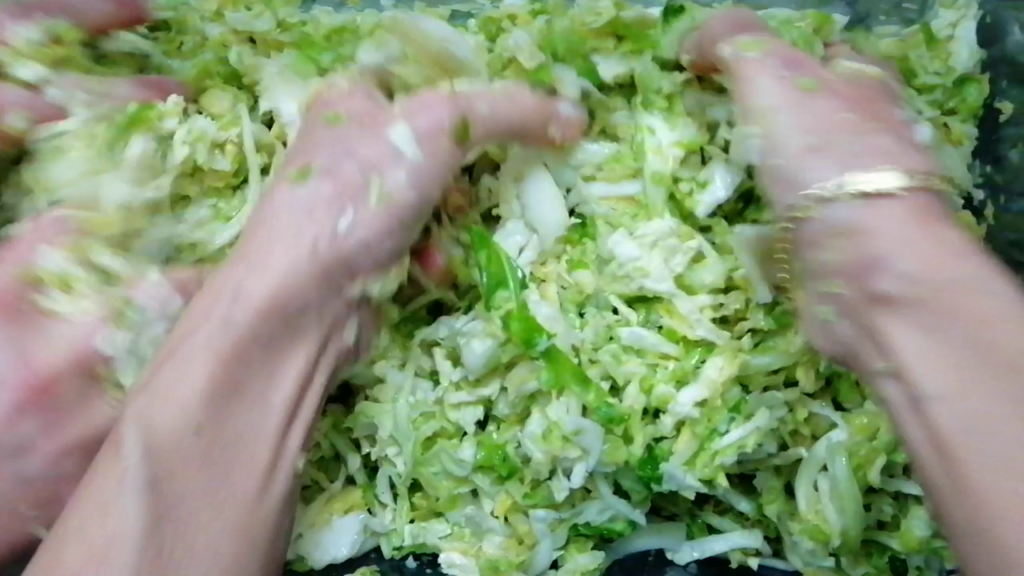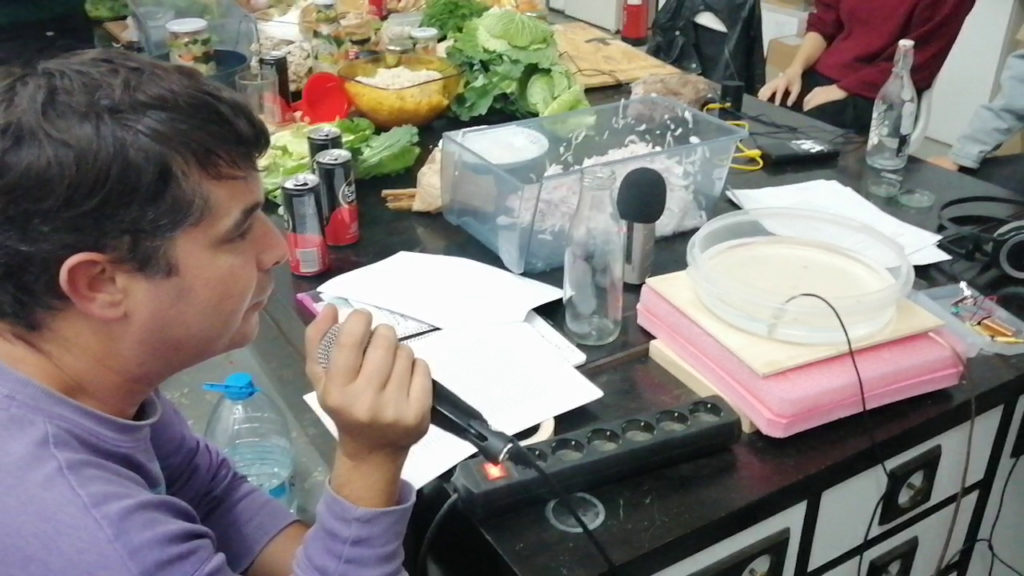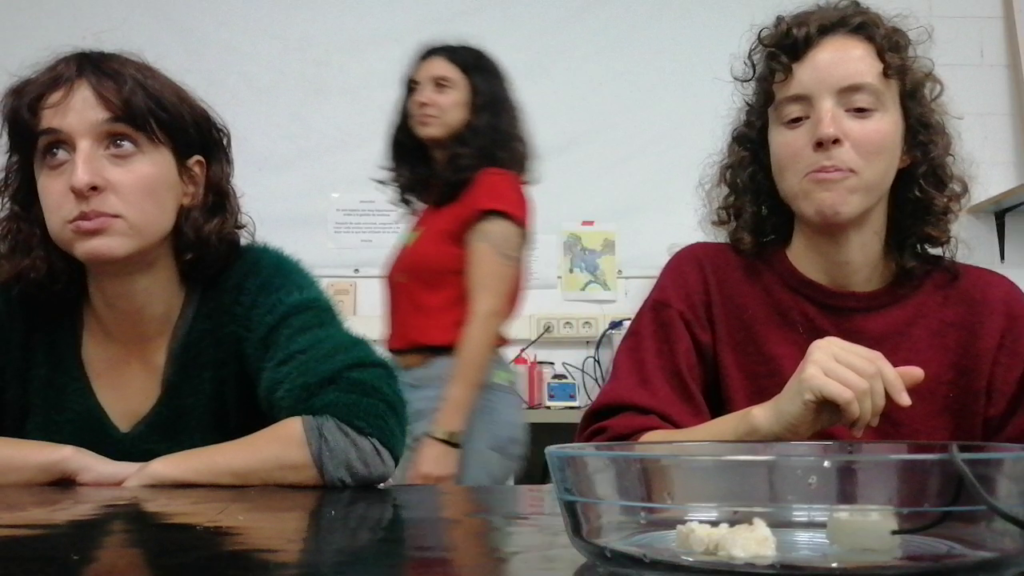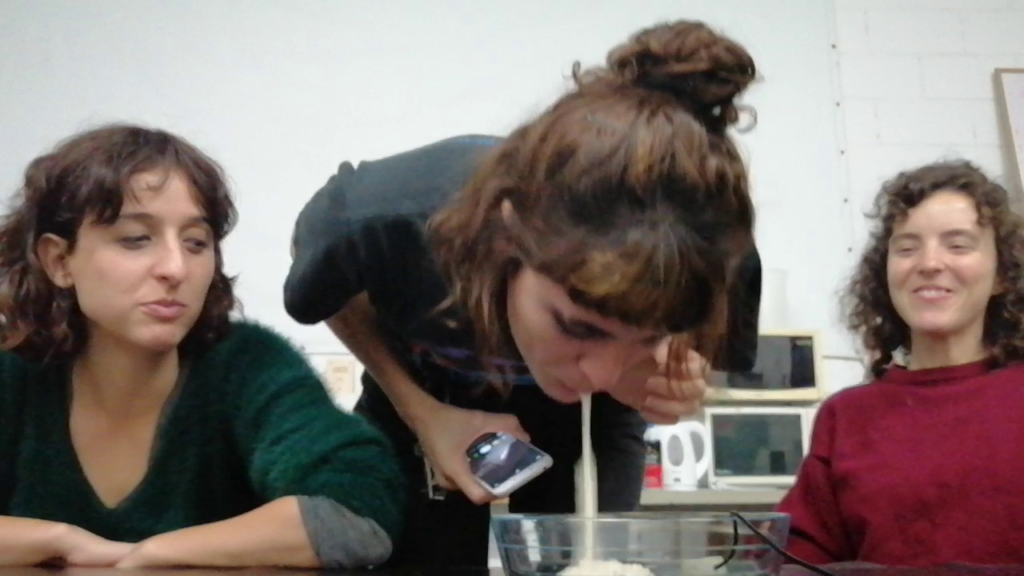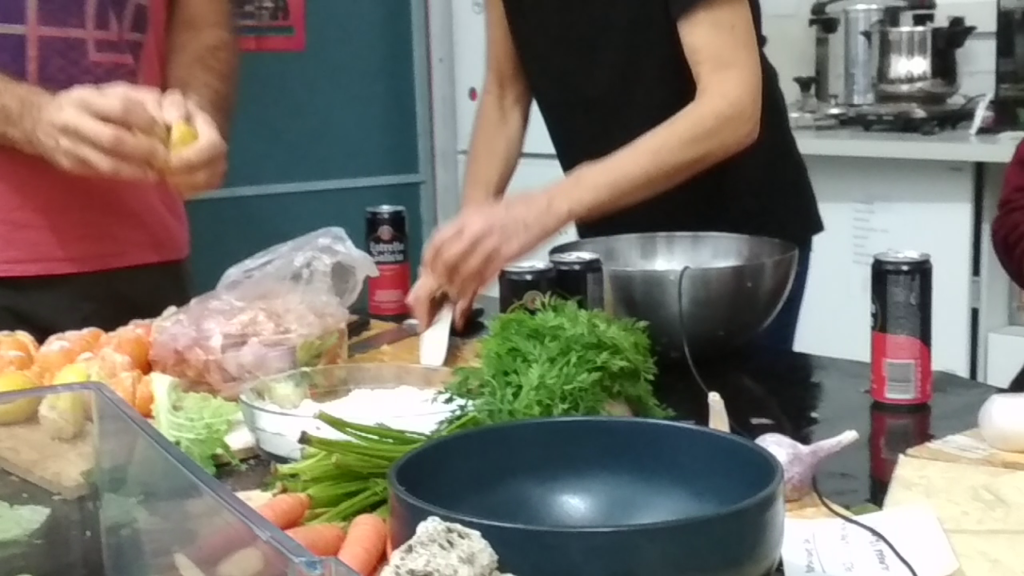Animated water, 1ª Puaj! session in Hangar
Together with our wise friend Marzia we occupy Hangar’s Wetlab from October to January through three thematic sessions in which we read, discuss and activate processes of symbiosis, symbiotic nutrition and fermentation; mycology, environmental repair and forms of non-exploitative co-existence; micro-algae, residues and Gaia theory.
First session: ANIMATED WATER
“Our symbiotic, interactive and interdependent past is connected through animated waters.”
MARGULIS, Lynn.
Sometimes, reading a text becomes a welcome ritual, Belen opens the space with her text *Opening* . Clara continued, reading an excerpt from Clarice Lispector’s Living Waters, in which we call to listen with our whole body, to listen through the vibration that passes through us. As a record of the session we trusted the memory of the water, we connected contact microphones in different points of the table, and the sounds were transmitted to a container with water as vibrations and resonated with it.
For the first session, the laboratory was inspired by Vernadsky’s concept of living matter as animated water, in relation to the jar of vegetables in brine, a container of matter capable of transforming and preserving life, in continuous boiling and tension with the outside. We salted cabbage and crushed it until its juice came out, we brined different vegetables, some cut onions and cried, we collected their tears and they tasted like salt and ink. While Oscar whispered to the water and we read texts by Lynn Margulis, Sandor Ellix Katz, Dorion Sagan and Luis Antonio Lazaro, and shared knowledge, opinions, experiences, doubts, recipes, fears…
We distribute the jars and a process of visceral waiting began, of trusting our intuition, of looking for a place from which to pay attention, of looking, smelling, tasting, listening to the boiling of a pot without fire. In this way, transformation and care processes were activated, and new ways of co-existing, feeding and relating will be imagined, in collaboration with other species. When we eat the live food, we will incorporate the microorganisms to our microbiome, favouring that they inhabit our intestine, and that they incorporate us in their ecosystem. We will eat and be eaten.
Thanks to Xose and Inti, Eli, Oscar, Carlota O., Carlota M, Belén, Sarai, Marzia, Clara, Lara, Emiliano and his mother for their presence, patience and care.
The second and third sessions will be announced soon through Hangar’s website and the group’s mailing list.
If you are interested in participating in any way in the next sessions you can contact us through the mailing list or write to : sonia(at)du-da.net

